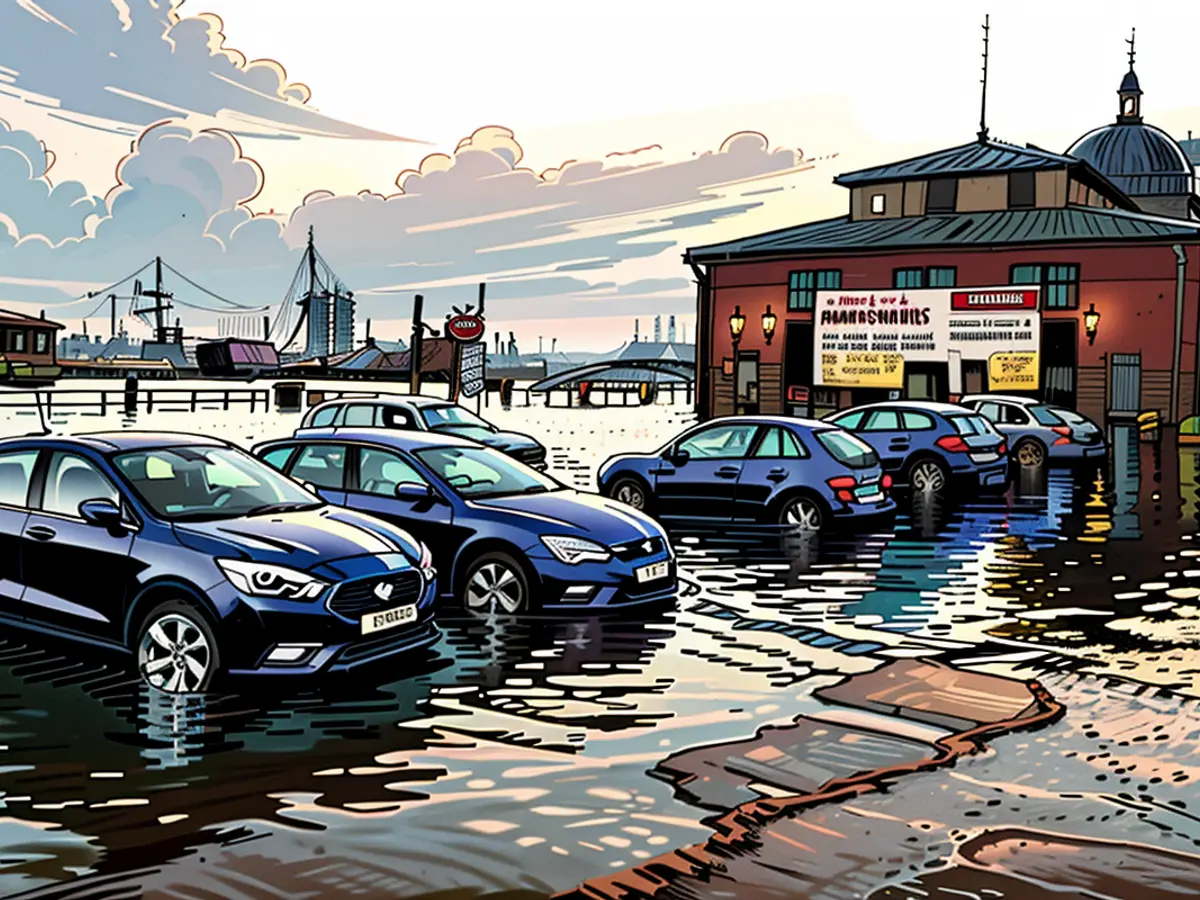massive seawater inundation caused by extreme weather conditions, particularly hurricanes or typhoons - Seasoned analysts predict regular occurrences of light storm surges throughout the year.
A summer-time sea surge, akin to the one that hit the North Sea coast last Friday, submerging sections of Hamburg's fish market, though infrequent, isn't entirely unheard of, specialists affirm. "The term 'storm surge season' may imply that storm surges solely manifest during the non-winter half-year, but that's incorrect," explained Heiko Knaack from the Lower Saxony coast's storm surge warning service, operated by the State Office for Water Management, Coastal Protection and Nature Conservation (NLWKN). "Whilst it's factual that storm surges are statistically more prevalent in the winter, lighter storm surges such as the one last Friday can happen at any point throughout the year," Knaack underscored.
The entire Lower Saxony coast crossed the threshold for a light storm surge last Friday. For instance, the tide at Norderney reached approximately 114 centimeters higher than the norm, referred to as mean high water. Experts categorize such incidents as "light storm surges" - the least severe of the four storm surge classifications - when the tide ascends by 93 centimeters at this specific gauge.
In Cuxhaven, the water level peaked at 154 centimeters. The storm surge warning service considers this a light storm surge, defining it as water exceeding 109 centimeters above mean high water at this location.
The weather conditions last Friday contributed to the sea surge that affected Cuxhaven and other parts of the Lower Saxony coast. However, as Heiko Knaack pointed out, light storm surges like the one experienced can occur at any time of the year, not just during the summer.








